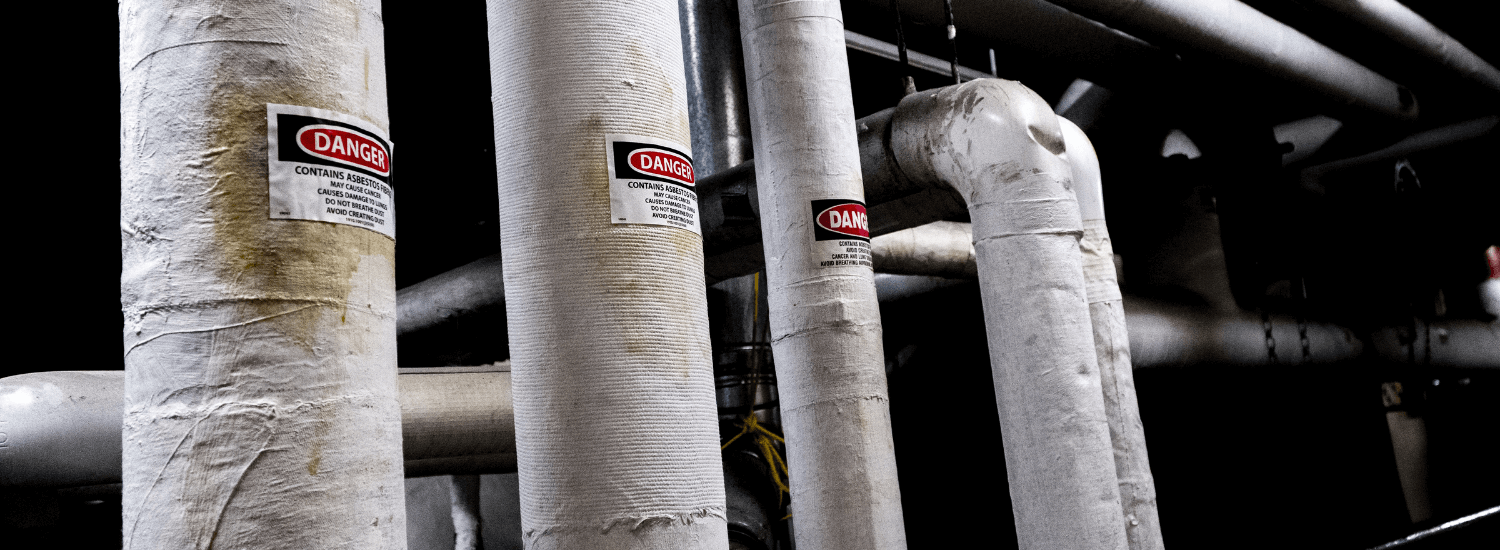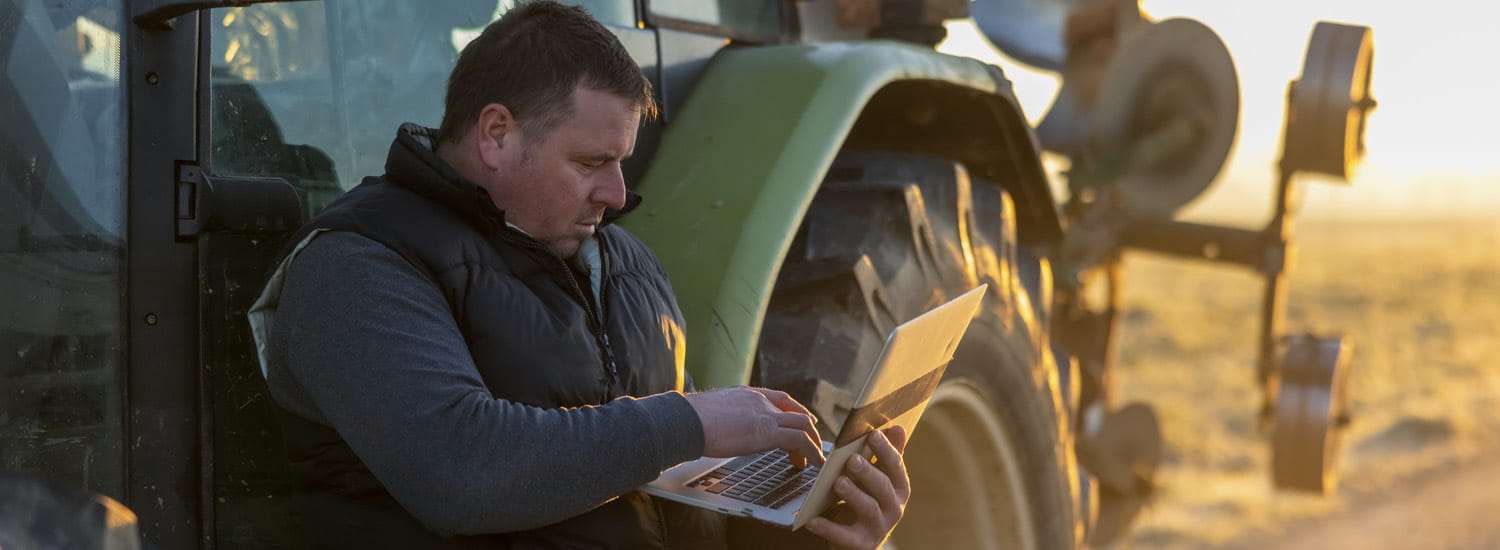Drones and Insurance: The Sky is the Limit
Introduction
It’s still a novelty to look up and see a drone buzzing overhead. But it won’t be long before these small unmanned aircraft become a familiar sight, hovering below the clouds, transferring critical medical supplies, capturing footage or even delivering pizzas and parcels.
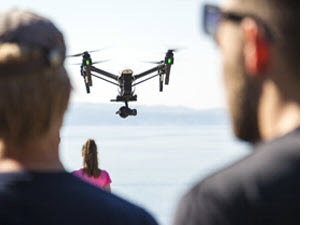
Australia in particular is embracing drone use and is set to spend an estimated $US3.1 billion by 2021 on drone related technology2, while the Australian Transport Safety Bureau3 estimated that compared to 2016 the number of drones in Australia would double by the close of 2017.
From an aviation insurance perspective, it’s clear the drone revolution is disrupting major industries. With every business opportunity comes challenges and new risk exposures, which businesses, insurers, brokers, regulators and the community will need to face together.
The question of safety and its effects on personal and commercial liability exposures will be central, especially as business owners embrace the technology and have a go at flying – mostly for the first time.
Regulation is also playing an important role in insurers’ responses to the deepening popularity of drones. Relaxed Civil Aviation Safety Authority (CASA) regulations will need to be front of mind for all drone industry participants.
Crash risks are acute. QBE claims data reveals that one in fifty drones will be involved in an accident, equivalent to a crash occurring approximately every 2,000 hours of operation.
Commercial drones: State of play
Up until 2016, drone regulations required operators to hold both a Remote Operators Certificate (ReOC) and a Controllers Certificate. This proved to be a barrier for many aspiring operators, despite the increasing demand for small drones for commercial use.
In 2016, CASA changed regulations around small commercial drone use, introducing the under two kilogram commercial category, which no longer required a remote pilot’s licence (however it still requires a person to comply with the Standard Operating Conditions outlined by CASA)4.
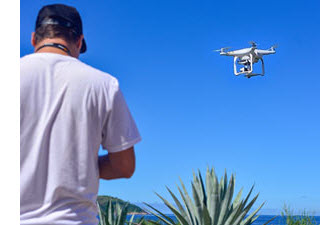 This resulted in exponential growth in commercial drone operators.
This resulted in exponential growth in commercial drone operators.
In early November 2017 the number of CASA-certified businesses providing commercial RPAS services surpassed 1,200, according to Australian Association for Unmanned Systems (AAUS)5.
That’s more than the number of current Air Operator’s Certificate holders in Australia6.
The CASA regulation changes led to greater accessibility, but safety concerns followed closely, particularly in relation to issues around liability for damage or injury associated with use of the technology.
An Australian Senate inquiry is currently reviewing the use and safety implications of drones and is set to present further recommendations in March 2018. The Standing Committee on Rural and Regional Affairs & Transport issued a media release with the following points highlighted for its consideration:
- Safety awareness and training – recreational drone users should have to undergo training and safety awareness before purchasing and using drones.
- Registration and tracking – the Civil Aviation Safety Authority (CASA) should be empowered to track all individual drones, starting with the registration of all drones, regardless of their size or intended use
- Aviation safety – to minimise the potential for collisions between drones and aircraft and to protect controlled airspace and airports, geofencing technology should be introduced for individual drones and/or drone shields should be employed in high traffic areas7.
Our current approach at QBE is to embed risk mitigation into our policies, as well as championing airmanship amongst all our customers and partners. For instance, it’s a pre-condition for our Third Party Liability cover for the operator to have obtained a Remote Pilot Licence (RePL) or a certificate by an approved registered CASA trainer.
Challenges for drone owners and operators
Drone operators are usually not aviators, which means they may not necessarily understand the intricacies of aviation regulations and their responsibilities.

For example, a common misconception is the extent to which drone operations are considered as engaging in commercial activities.
Novice drone operators or owners may not be aware that any flight of a drone that isn’t in a recreational or sporting capacity may be considered as being operated for ‘hire or reward’8. This means even if a drone isn’t being flown directly for income or is not the core service of a business, it can still be classified as a commercial operation.
For example, a plumber may use a drone as a tool of trade to conduct a roof inspection. Although they aren’t selling the service this type of operation would be considered commercial.
If the flight or operation of a drone falls into the ‘hire or reward’ category, the operator or owner must notify CASA in writing within a minimum of five business days before flying the unit or they could be penalised by CASA9.
It’s important to also be aware that when a drone is used for purposes other than sport or recreation it may attract the risk of strict liability implications under Section 10 of the Damage by Aircraft Act.
Strict liability means that a person can be legally responsible for damage or loss caused by their acts or omissions with no requirement for a third party to prove fault or negligence against the drone owner or operator.
It’s vital for commercial drone operators to receive the correct certification to improve their understanding of their legal operational limitations and responsibilities. It’s also important for people to keep up to date on any potential changes that could flow from the Senate inquiry’s preliminary recommendations, such as potential changes to training and safety requirements.
Commercial uptake
Drones are becoming increasingly powerful business tools in Australia. They’re currently mostly used to conduct aerial photography, inspection or surveying, but there are many other commercial opportunities, particularly in certain sectors.
Agriculture
Australian farmers are increasingly investing in drones because they present enormous business opportunity. Crop monitoring, aerial spraying, irrigation and soil and field analysis are just some of the benefits that drone technology is delivering to farmers10.
QBE’s current portfolio shows farmers are increasingly trying out drones with entry-level units, which can be bought for around $2,000. We’re also beginning to see an increase in investment in drones as the business benefits are realised over time.
Based on internal data and our customer portfolio QBE has discovered another trend is drone leasing as farmers try out the technology or find ways of avoiding an investment in drone equipment that is likely to be superseded within six months.
This has led to an upswing in businesses which operate drones on behalf of farmers on a contract or hourly rate.
Construction infrastructure
Drones are becoming a crucial tool of trade in this sector. QBE’s portfolio shows a strong emergence of drone operators among surveyors and civil engineers who contract their services out in the resources and energy sector.
Their units are mostly engaged to do asset inspection work on properties, roofs, chimneys, power lines, pipelines, railways, bridges and project management work. They may be engaged to take aerial photos on a recurring basis.
The drone landscape for brokers
Brokers don’t need to be aviation specialists to assist business owners who want to use drones commercially, but there are some fundamentals which will guide them on drone use.
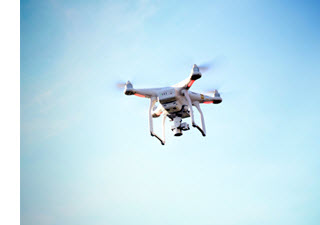 Perhaps most importantly, it’s worth remembering that when a drone is used for purposes other than sport or recreation it may attract the risk of strict liability implications under Section 10 of the Damage by Aircraft Act.
Perhaps most importantly, it’s worth remembering that when a drone is used for purposes other than sport or recreation it may attract the risk of strict liability implications under Section 10 of the Damage by Aircraft Act.
Drone operators or owners need to take all necessary steps to try and inform themselves and understand the potentially serious implications of strict liability in the case of a drone incident.
CASA’s regulations mean brokers need to learn and understand the implications of strict liability for customers so they can properly advise business owners of potential liability exposures before operating commercially.
Understanding when insurance is necessary and being able to address questions around licensing requirements will also be important in order to obtain the correct insurance.
For example, it’s important to be aware of the coverage implications arising from the evolution and improvement of the technology behind drones as it attracts a rapid depreciation rate on existing models. QBE has seen instances in operational claims, where not all components of a drone may have been damaged but the value of the damaged drone has depreciated. This has resulted in claims being settled on a replacement or repair basis.
Protection – what’s needed for owners and operators?
Owners and operators of commercial drones need to be aware of the ways they can protect their assets and third-party liability.
They’ll need to consider coverage for accidental damage while in flight as well as coverage for when the drone is being transported and not in flight. Specific event cover and ground cover can also be arranged.
Third Party Liability cover binds to each drone individually. It will cover bodily injury or property damage if a drone accident occurs. Owners and operators must be sure to read the product disclosure statement to understand the extent of cover and identify any questions they may have. Always read the policy wording before purchasing the cover and involve a broker to provide guidance.
Understanding and assessing the risks
The decision to fly a drone, whether it’s for commercial purposes or recreational means drone owners and operators should understand the associated risks.
The greatest risk exposure for drone owners or operators is liability to third parties.
If a drone used for commercial purposes causes bodily injury or property damage on the ground, then strict liability will apply under Section 10 of the Damage by Aircraft Act. The liability imposed by the legislation means there is no requirement for a third party to prove fault or negligence against the drone owner or operator.
A serious risk in rural Australia is that a drone accident could start a bushfire, the consequences of such an accident may mean the drone owner or operator might be held responsible for any property damage or personal injury that happens.
Sharing airspace with other aircraft also poses many risks. A report from the ATSB published in March 2017 found there was a significant number of “drone-related safety occurrences” reported between 2012 and 2016, with about half of the 180 reported incidents classified as “near encounters” with aircraft.
More than 60% of all reported “near encounters” occurred in 2016, mostly in capital cities. Sydney accounted for 37% of all encounters.
Future concerns around drone and aircraft collisions are deepening with the ATSB’s statistical models forecasting a 75% increase in the number of near encounters in 2017.
The future of drones
There’s no doubt we’ve entered a critical period in the development of drone use in Australia. As commercial drone usage is forecast to double, it’s never been more important that our risk mitigation efforts keep pace.
With the recent relaxation of some licensing aspects around small drone use, we now have more operators in the air, many with little or no aviation background.
The outcome of the current Senate inquiry could spell further changes in the industry as safety awareness, training, registration and tracking of drones are considered.
As a leading aviation insurer, we’re in a unique position to understand risks, lead discussions and promote a mitigation culture.
We have a unique opportunity to help brokers, businesses and the community strike a balance between nurturing a maturing market and protecting the public, airspaces and property. Continued awareness and education is key and in the best interests of insurers, business partners, clients and regulators.
The advice in this report has been prepared without taking into account your objectives, financial situation or needs. You must decide whether or not it is appropriate, in light of your own circumstances, to act on this advice. You should ensure you obtain and consider the Product Disclosure Statement for the policy before you make any decision to acquire it.
1 “Clarity from above. PwC global report on the commercial applications of drone technology”, published in 2016, PwC
2 “Drones Reporting for Work”, published in 2016, Goldman Sachs
3 “A safety analysis of remotely piloted aircraft systems 2012-2016”, published in 2017, The Australian Transport Safety Bureau
4 Drone weight categories and requirements – CASA
5 AAUS letter to The Hon Darren Chester MP, Minister for Infrastructure and Transport
6 An authorisation granted by CASA under Section 27 of the Civil Aviation Act and required to conduct commercial aerial work including surveying, agriculture and surveillance.
7 https://www.aph.gov.au/Parliamentary_Business/Committees/Senate/Rural_and_Regional_Affairs_and_Transport/Drones/Media_Releases
8 Civil Aviation Act 1988, Section 101.372
9 Civil Aviation Act 1988, Section 101.371
10 http://www.abc.net.au/news/rural/2017-03-07/drone-use-increasing-for-ndvi-mapping/8328456
11 “A safety analysis of remotely piloted aircraft systems 2012-2016”, published in 2017, The Australian Transport Safety Bureau
12 “A safety analysis of remotely piloted aircraft systems 2012-2016”, published in 2017, The Australian Transport Safety Bureau
13 An authorisation granted by CASA under Section 27 of the Civil Aviation Act and required to conduct commercial aerial work including surveying, agriculture and surveillance
14 If you fly a drone (remotely piloted aircraft) RPA under 2kg but for commercial reasons, you can fly your drone in what is called the 'excluded' category. This means you'll need to notify CASA before you fly and operate within the standard operating conditions
15 AAUS letter to The Hon Darren Chester MP, Minister for Infrastructure and Transport, 25 November 2017








